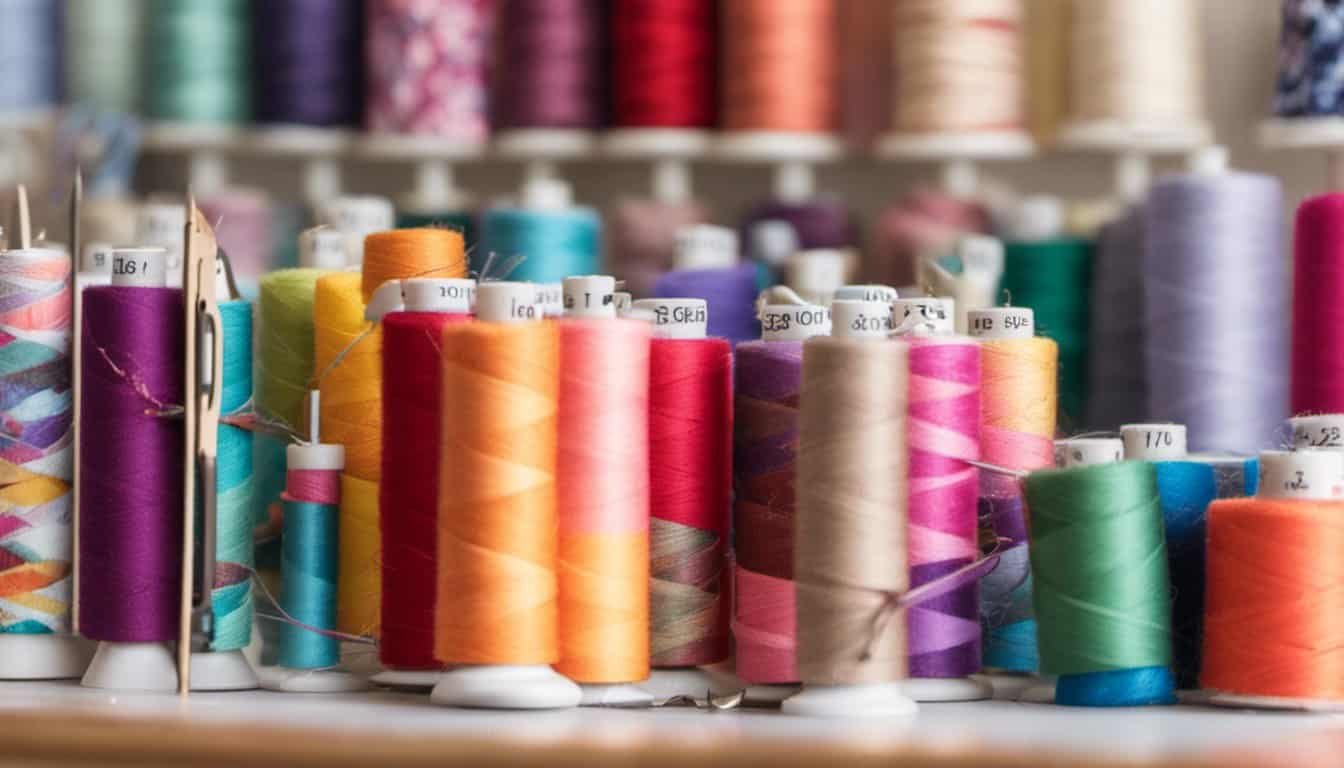Ever wondered how that cozy quilt or your favorite dress came to be? Sewing’s not just a hobby; it’s a fascinating blend of art, history, and skill. Whether you’re a seasoned seamstress or just curious, there’s always something new to discover about this timeless craft.
The History of Sewing
Sewing’s rich history offers insight into the evolution of human ingenuity and creativity. Discovering its roots helps appreciate the craft’s current complexity and beauty.
Early Techniques and Materials
Sewing began with needles made from bone or ivory around 30,000 years ago. Early humans used sinew or plant fibers as thread to stitch animal skins. They developed basic techniques like running stitches and whipstitches to assemble clothing and shelters. Archaeological findings in Europe support the theory that Ice Age people mastered these early sewing skills, which were vital for their survival.
Evolution Through the Industrial Age
The Industrial Revolution dramatically changed sewing. In 1790, Thomas Saint patented the first sewing machine, but it didn’t become practical until 1830, when Barthélemy Thimonnier, a French tailor, invented a workable machine. His invention could sew seams quickly and consistently. In 1851, Isaac Singer’s machine, with a foot pedal and up-and-down needle motion, revolutionized domestic sewing, making it accessible to households.
By the late 19th century, sewing transitioned from a predominantly handcraft activity to a machine-assisted process. Factories utilized sewing machines for mass production, lowering costs and making clothing widely available. The invention of synthetic threads and fabrics also expanded possibilities, allowing for more durable and diverse creations.
Essential Sewing Tools and Equipment
Understanding fundamental sewing tools and equipment is vital. High-quality tools enhance your sewing projects, making the process smoother and more enjoyable.
Needles and Threads
Choosing the right needles and threads is crucial. Needles come in various sizes and types:
- Hand-Sewing Needles: These include sharps, betweens, and embroidery needles to handle different fabrics.
- Machine Needles: Available in sizes like 70/10, 80/12, and 90/14, each suitable for fabric thickness variations.
- Specialty Needles: These encompass twin needles, ballpoint needles, and quilting needles for specific projects.
Threads should match your project’s needs. Use polyester for stretchy fabrics, cotton for natural fibers, and silk for delicate materials. Size matters too: finer threads like 50 wt for lightweight fabrics and heavier threads like 30 wt for thick materials.
Sewing Machines and Accessories
A reliable sewing machine is indispensable. Modern machines offer features such as auto-threading, variable speed controls, and multiple stitch patterns.
- Basic Machines: Suitable for beginners, offering essential stitches.
- Intermediate Machines: Provide additional stitch options, buttonholes, and decorative features.
- Advanced Machines: Include computerized settings, embroidery functions, and expansive stitch libraries.
Accessories enhance functionality. Essential items include:
- Presser Feet: Varied types like zigzag, zipper, and buttonhole feet for different tasks.
- Bobbins: Ensure to use machine-specific bobbins to avoid tension issues.
- Seam Rippers: Crucial for removing mistakes or basting stitches.
- Measuring Tools: Tape measures, rulers, and seam gauges for accuracy.
Invest in high-quality needles, threads, and accessories tailored to your sewing machine to achieve the best results with your projects.
Common Sewing Techniques
Mastering common sewing techniques expands your skill set and improves the quality of your projects.
Basic Stitches and Their Uses
Basic stitches form the foundation of most sewing projects. The running stitch is simple and great for seams and gatherings. The backstitch provides strength and durability, making it ideal for securing seams. The whip stitch works well for hemming or closing open seams. The slip stitch, often used in hemming, offers an almost invisible finish. Catch stitch, known for its stretchiness, is suitable for hems on thicker fabrics.
Advanced Techniques for Professionals
Advanced techniques elevate the complexity and finish of your projects. French seams enclose raw edges for a clean inside finish, perfect for lightweight fabrics. The flat-felled seam provides strong, neat seams, commonly used in denim and jeans. The bound seam uses bias tape to enclose raw edges, adding strength and contrast. Tailoring techniques like pad stitching enhance garment structure and shape. Rolled hems offer a delicate finish, often used in fine fabrics like silk.

Benefits of Learning to Sew
Learning to sew offers numerous advantages beyond just creating beautiful garments and accessories. It provides a blend of personal satisfaction and practical benefits that make it a valuable skill.
Personal and Creative Expressions
Sewing enables you to express your individuality and creativity. By making your own clothes, home decor items or gifts, you have the freedom to choose patterns, fabrics and designs that reflect your style. For example, you can create unique outfits using bold colors or intricate patterns and craft personalized cushions or wall hangings tailored to your taste. This creative outlet is a great way to relieve stress and gain a sense of accomplishment as you complete projects.
Economic and Environmental Benefits
Sewing can also save you money and reduce environmental impact. By repairing or altering your clothes instead of buying new ones, you contribute to a more sustainable lifestyle. For instance, fixing a torn seam or hemming pants extends the lifespan of an item, reducing the need for frequent replacements. Additionally, making your own garments can be more cost-effective than purchasing ready-made ones, particularly when using high-quality fabric in bulk. Sewing helps to minimize waste, lower expenses and foster a more eco-friendly approach to fashion and household items.
Conclusion
Sewing offers a rich tapestry of history, skills, and benefits that can enrich your life in many ways. Whether you’re drawn to it for the creative outlet, the stress relief, or the practical advantages, there’s something deeply satisfying about making something with your own hands. Plus, you can contribute to a more sustainable and economical lifestyle. So grab your needle and thread and start stitching your way to a rewarding and fulfilling hobby!

















